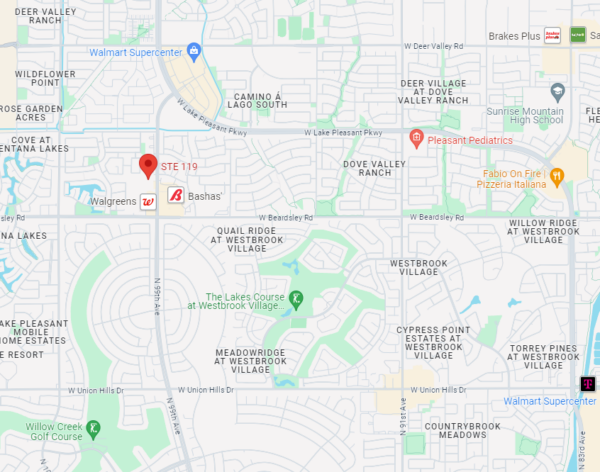Accumulating wealth is an important part of financial planning as it can help you enjoy life and provide for your family. But as the saying goes, you can’t take money with you when you die. So, part of financial planning is thinking about how you might leave an inheritance. Or, to put it in another way, who will be the beneficiary for your various assets.
Since there are a number of ways to leave money to family members, friends, or charities, it probably won’t surprise you that there are just as many types of beneficiaries. We’ll walk through a few of those here, and then spend a minute looking at how a trust can help simplify the process.
Name beneficiaries via:
• Retirement accounts
If you have any kind of retirement account, including a 401(k) through work, you were likely asked to name a beneficiary. If you designate a beneficiary — and complete all the associated steps — the assets in your retirement account pass to your beneficiaries, according to IRS rules, upon your death. In other words, the assets in these accounts will bypass probate. However, the way your beneficiaries will be able to access the funds, and the amount of tax they’ll pay, varies significantly depending on a variety of factors.
• Life insurance
When you purchase a life insurance policy, you must name a beneficiary to receive the potential payout in case you die. You can name primary and secondary (or contingent) beneficiaries. So, for instance, your primary beneficiary might be your spouse, but if your spouse were to die before you do, the secondary beneficiary would receive the payout when you die. Like retirement accounts, life insurance does not go through probate; this payout goes directly to the named beneficiary without the intervention of a court and separate from your will.
• Will
A will is a legal document spelling out your wishes, including the distribution of your assets. When you will your assets to someone, they’re a beneficiary of your will. After you die, the executor of your will contacts the beneficiaries to notify them of their inheritance and handle the logistics.
• Pensions and annuities
Whether or not these policies have a beneficiary depends on how they’re structured. For instance, with some annuities, benefits stop when you die. However, other policies have a death-benefit provision that allows the policy owner to leave money to a beneficiary (details vary by policy). Pensions, on the other hand, commonly pay out some kind of benefit. If you don’t name a beneficiary, this benefit could be determined by the terms of your pension plan, or by the state you live in, so it’s important to name a beneficiary, as well as a contingent beneficiary, and to keep those names current.
How a trust can help
A living trust, sometimes called a revocable trust, can help simplify wealth transfer if you want to leave an inheritance. In this scenario, you might transfer all of your assets into your trust, and name the trust as the beneficiary for both your life insurance policy and retirement accounts.
Then, instead of detailing beneficiaries and contingent beneficiaries for every account, policy, and asset, you simply set up a plan for your trust. For instance, you might specify that your trust be divided equally among your kids, and place age restrictions on when they’re able to access the money.
Doing your trust in this way can also make it easier to update your beneficiaries following major life events, like having a child or getting married.
That type of control isn’t generally available when you simply name a beneficiary for other types of accounts. If you have questions about how you might use a trust to help you leave an inheritance to your family, set up an appointment to discuss creating an estate plan
Discipline is the key to success!
Sources: Investopedia, Insurance Information Institute, Annuity.org, Protective

























